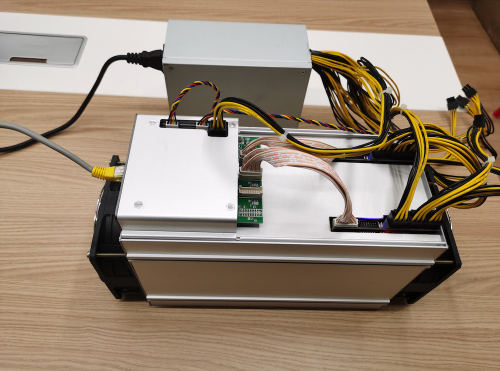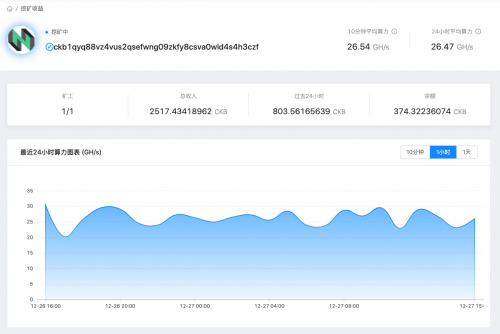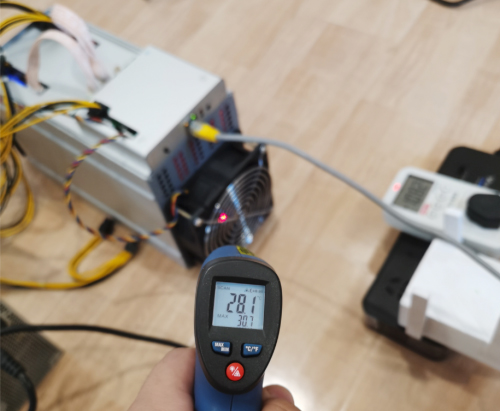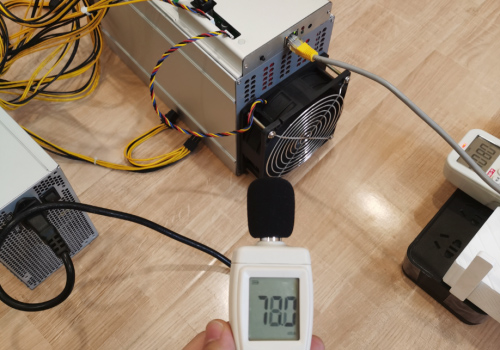ASIC Miner ICERIVER KAS KS0 Profitability In the realm of cryptocurrency mining, the Iceriver KAS KS0 miner has garnered widespread attention. Tailored specifically for the Kaspa network's KHeavyHash algorithm, it boasts high hashing power and low power consumption, making it an ideal choice for many miners. In this article, we will comprehensively assess IceRiver KS0 profitability while considering the Kaspa market conditions and the attributes of KS0 miner. Kaspa Market Dynamics Kaspa is a vibrant cryptocurrency network aimed at delivering high performance and scalability for everyday transactions. At the time of writing this article, the Kaspa coin trades at approximately $0.04959. But it's essential to note that cryptocurrency markets are highly susceptible to price volatility. Hence, investors must remain vigilant about market dynamics. Additionally, the Kaspa network's mining difficulty and reward mechanisms play a role in mining returns. Attributes of the IceRiver KS...
Blackminer F1-Ultra Miner evaluation
The Blackminer F1-Ultra contains 2 hash boards, which upgrade the hardware design and product structure of Blackminer's previous product series.
Hardware core upgrade
The upgraded version of the hardware core chip is adopted, which improves the performance of the previous core chip by more than 20%, and the miner performance is more stable and robust.
Better algorithm
The algorithm has been optimized for the new core chip, and the optimization rate of different algorithms has reached 5% to 15%.
The published algorithm performance will vary by ±5%.
Structural optimization
Given the equipment structure, the whole miner has the more reasonable force and heat dissipation and has a longer life. The damage rate is currently only 0.1% to 0.2%.
After purchasing the miner, the user needs to reconfigure the power supply. Power requirements: DC 12V output, power greater than 1400W.
Product parameters
Powered by | DC12V |
Power consumption | It varies according to different algorithms, the recommended power supply power > 1400W |
Volume | 430*290*240mm (after packaging) |
Weight | 360*140*200mm (bare miner) |
Working temperature | 3.7kg |
Official algorithm hash rate, power consumption reference
Algorithm | Rated hash rate | Power consumption |
Veriblock | 15.5 Gh/s | 700 W |
Verus2 | 372.0 Mh/s | 494 W |
CKB | 26.5 Gh/s | 1137 W |
DigiByte (odocrypt) | 5.75 Gh/s | 1157 W |
Kadena | 12.33 Gh/s | 890 W |
Miner appearance
Measured mining CKB data
Mining pool management backstage after 24 hours of operation;
Mining pool data after 24 hours of operation;
Running power consumption;
Air inlet temperature;
Air outlet temperature;
Close range noise;
Summarize
Mining CKB, after running for 24 hours, the 24-hour average hash rate is 26.4G, the power consumption is 1082W, the air inlet temperature is 28.1 degrees, the air outlet temperature is 31.0 degrees, and the close-range noise is 77 decibels.
The content and pictures of this article are from the Internet, compiled and edited by ZEUS MINING.







Comments
Post a Comment
Tell us your opinion